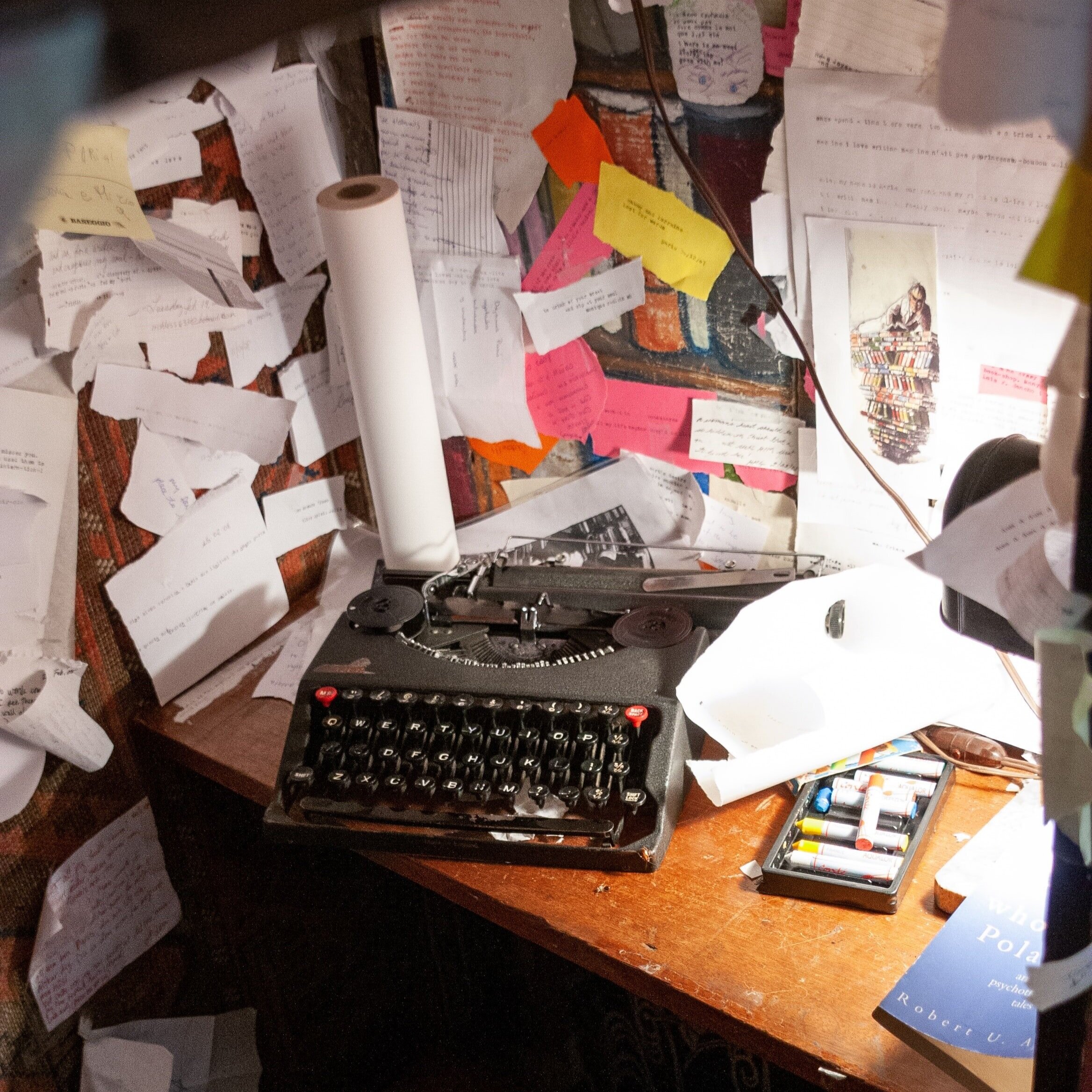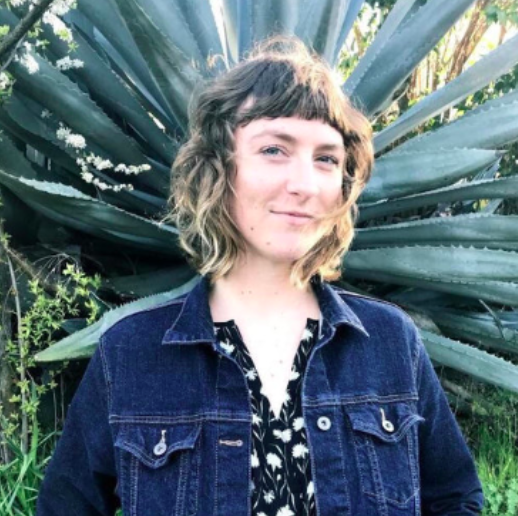There is nothing as full of promise as the blank page. On it, anything can be born. This can be cause for both elation and despondency. For the blank page is as much a symbol for unadulterated land waiting for you to plant your seeds of creativity as it is barren earth unsuitable to life. Regardless of how you feel when looking at a blank page, it is in this space where a writer turns nothing into something. While the blank page is a thrilling space in which fragmented thoughts take shape as artistic forms, it is in revision where writing is truly transformed into art. Like writing, revision itself is a creative act. Now this may seem a counterintuitive statement to what most English classes would lead us to believe but hear me out on this point. Years of institutionalized lessons on grammar and mechanics have caused many writers to dread this part of the writing process. Revision often becomes synonymous with rules and critique. Writers tend to be anarchists and rule breakers, so when we hear a word that insinuates authority, we feel the impulse to revolt. Revision, when seen as a rule-laden task, can feel stifling to the creative spark from which the first draft originated. Part of this comes from perceiving revision as a strictly technical process. For revision to be fruitful, it must first be separated from the act of “editing” which, yes, is a technical process, and instead be looked at through the lens of creative opportunity. Every revision is an opportunity to get closer to the truth of what you meant to say. Therefore, revision is a continuation of the creative act.
Rebooting your relationship with revision is not a simple task. It requires practice and exploration. Here are some of my favorite creative exercises to effectively reimagine revision.
Panning for Gold
This is a great exercise to do after a timed free-write or when you are feeling especially critical of a draft or moment you have recently written. For this exercise, you will pan for gold nuggets in your own writing. Take a highlighter and mark every “nugget” of writing that strikes you as gold (this can be a sentence you like, a single word, an exchange between two characters, whatever). Then, choose one of the highlighted “golden nuggets” and put it at the top of a blank page. Begin a new piece that starts at the gold.
Exercise Variation: Write a poem using only the gold.
Marie Kondo Technique
This is a sort of creative decluttering and a favorite exercise of mine for creative nonfiction essays and short stories. For this exercise, take a finished draft and reduce it to half its original size or no more than 750 words. This requires relentless cutting. While not every piece is meant to exist in such a format, trying this exercise out almost always helps you to see the heart of the piece and/or what it is trying to be.
A bonus to this particular exercise is that if it results in a sparkling product at the end there are many literary magazines and online venues that publish works of flash fiction (many publications seek to publish pieces that are 2,000 or less words).
Magnify a Moment
On the flip-side of brevity is zooming in on a moment. This exercise is a practice in showing rather than telling. I am prone to agree with Alice LaPlante that the adage “Show don’t tell,” is flawed. Effective writing requires that the two coexist.
For this exercise, you will focus on “showing.” Start by re-reading your draft and marking any moments where you “tell” the reader something (example: Sue was furious). Then, take one of these tells and turn it into a page-long (at least) show. What senses are heightened in this moment? How does the character’s physiological experience of the world shift? How does their face, voice, stance, etc. transform? What twitches, discomforts, etc. does their body experience in this moment? Answer all these questions and more. Yes, this is probably excessive and indulgent, but it is also fun and great practice. It is a useful exercise in honing your observational skills and rendering them onto the page.
Exercise Variation: Take a fleeting moment in your draft (filling a cup with water) and take at least one page to describe it. Again, this is about capturing the small, overlooked intricacies.
Take it to the Sandbox
This is one of my favorite developmental exercises when I am looking to add depth to a character or situation. Often, my sandbox exercises do not make it into the final draft, but they almost always help inform how the scenes unfold. Sometimes, they even take off into their own pieces. For this exercise, take a secondary character or event and give them space to play without worrying about connecting it back to the draft. For example, a main character refers to having once taken a dance class before while in conversation with another character.
For this exercise, you might make the sandbox you put them in the dance class. Write the scene of your character in that dance class. What was it like? While this may not be important to the story you are working on, it helps you to see more about your character. If you do this exercise with a secondary character, try putting them in the sandbox at their job, alone in their apartment, or in a place the main character would not enter so that the focus can remain on the secondary character. Write into these spaces through the narrative lens of this character. This is a great way to help you better understand secondary characters so that when they enter a scene with your main character they are multidimensional. Even if what happens in the sandbox never sees the light of day, it allows you to have a fuller grasp of the world that your writing inhabits.
About Shelby Hinte
Shelby Hinte is a writer and educator living in the Bay Area. She received her MFA in Fiction from San Francisco State University where she was the recipient of the 2019 Distinguished Graduate award. She has been a contributing food and beverage writer for Edible Santa Fe. Her fiction has appeared in Witness Magazine, Hobart, Quiet Lightning’s Sparkle + Blink, decomP magazinE, and elsewhere. She is currently at work on a novel about women and vortexes in the desert. You can follow her @shelbyhinte_ and read her work at www.shelbyhinte.com



Leave a Reply